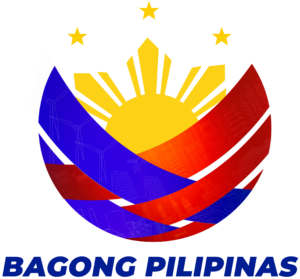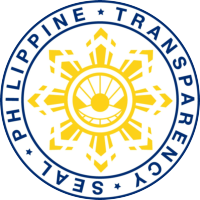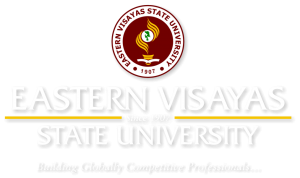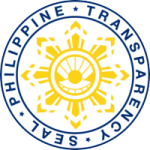Proponent(s)
Abstract
The purpose of this study was to ascertain the disaster relief foods and food consumption habits of low-income residents in the Eastern Visayas region immediately following a storm. Three hundred twenty low-income residents were interviewed and asked to complete a questionnaire at random. We reflected the demographic profile, disaster relief foods, and consumption behaviors in frequency and percentage. Additionally, correlation analyses were conducted between consuming behaviors and profiles. Rice and canned products were identified as the most important disaster relief foods. The majority of responders reported eating three times daily throughout hurricane season. Additionally, it was shown that there is a considerable correlation between educational achievement and the frequency with which people consume meals. Similarly, monthly income and home ownership were found to be strongly linked with the quantity of disaster relief foods purchased. Monthly income and the number of catastrophe food sources both demonstrated a substantial positive link. Both geographic location and educational attainment revealed substantial negative relationships with cooking style. The study's findings enlighten government and nongovernmental groups, policymakers, humanitarian relief organizations, and researchers about how low-income residents get food as a fundamental necessity during a disaster.





